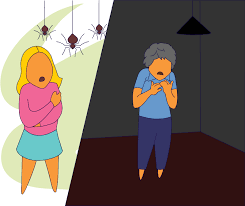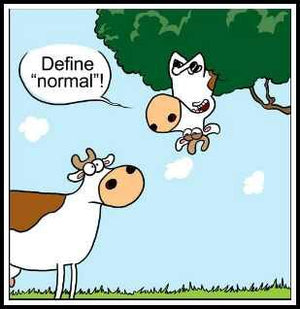Disorders Characteristics (Psychopathology Model Answers) (Paper 1 Model Answers)
Identify two behavioural characteristics of depression. ( 2 marks)
Model Answer
Two behavioural characteristics of depression are changes in eating patterns, specifically eating more or eating less.
Sami describes her life:
“I am always terrified of germs and worry that my family is in danger too. I think that the meals I prepare will make them ill. I wash all the food items I can, at least three times, and I cannot touch any food with my bare hands. It takes me ages to prepare meals.”
Outline two characteristics of obsessive-compulsive disorder. Refer to Sami in your answer. ( 4 marks)
Model Answer
Obsessions: Sami experiences obsessive thoughts related to germs and the fear of her family becoming ill. Her constant worry about the safety and cleanliness of her family indicates the presence of intrusive and unwanted thoughts that are characteristic of OCD. These obsessions are distressing and lead to heightened anxiety.
Compulsions: Sami engages in repetitive behaviors as a way to alleviate her anxiety and reduce the perceived threat of contamination. Her compulsions include washing food items multiple times and avoiding touching food with her bare hands. These rituals are time-consuming and interfere with her daily life and ability to prepare meals efficiently.
Outline two cognitive characteristics of obsessive-compulsive disorder. (4 marks)
Model answer
Obsessive thoughts: Individuals with OCD experience persistent and intrusive thoughts related to specific themes, such as germs. These thoughts are unwanted, distressing, and difficult to control. For example, a person with OCD may constantly think about being contaminated by germs and may have vivid and intrusive mental images of germs causing harm. These obsessive thoughts can lead to significant anxiety and discomfort.
Hypervigilance/selective attention: People with OCD often exhibit heightened awareness and selective attention to situations or stimuli related to their obsessions. This means they are more attuned to potential triggers or sources of their obsessions in new situations. For instance, an individual with OCD focused on germs may be hypervigilant about cleanliness and constantly scanning their environment for potential sources of contamination. This cognitive characteristic reflects the need to be constantly alert and vigilant to prevent perceived threats associated with their obsessions.


